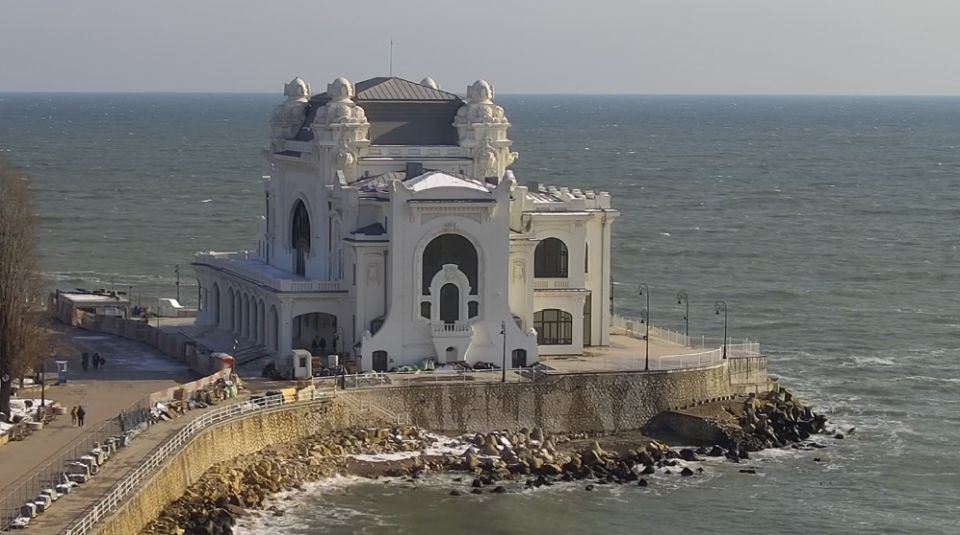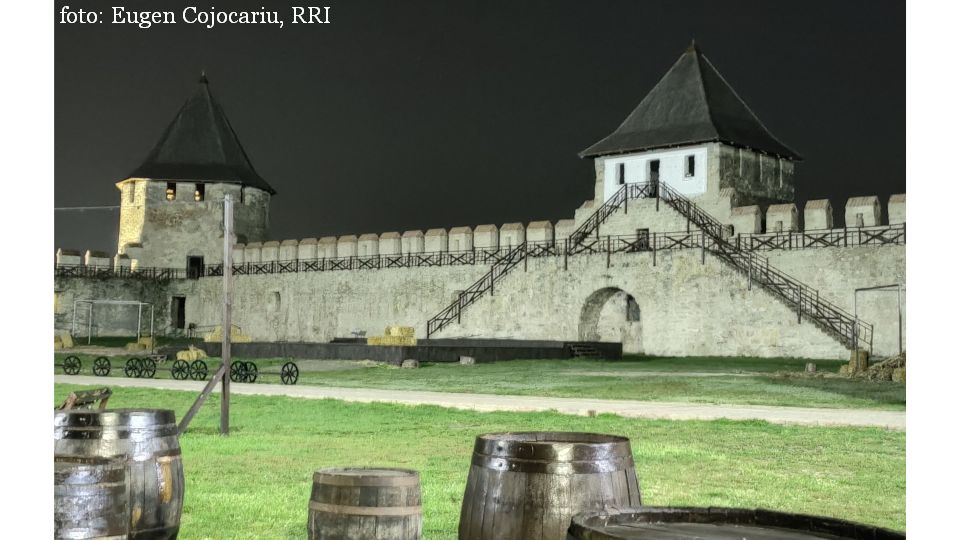The Adamclisi Monument and Fortress
Adamclisi is known to host Tropaeum Traiani, a monument built to commemorate the Roman Empire's victories over the Dacians.

Christine Leșcu, 19.10.2013, 14:01
Romania’s southeastern county of Constanta, among other things, is known for its vast expands of plain field. Adamclisi is a locality lying in the southern part of the county and became famous due to the monument Roman emperor Trajan erected close by, as well as because of the vestiges of the ancient fortress. Both sites have the same name, Tropaeum Traiani and are closely connected to ancient Dacia’s transformation into a Roman province after 106 AD. The fortress was built on the site of a previous Gaete settlement. Archaeologist Gabriel Talmatchi.
“On the site of the former settlement the town would be erected, which had been flourishing during Emperor Trajan’s reign, actually after the first Dacian-Roman war. As soon as the Dacian-Roman wars ceased, for nearly 600 years the town was a thriving trade hub, growing into a dynamic urban settlement in Dobrogea’s central area. In the meantime it earned the status of municipal city, which was an important administrative unit across the Roman provinces. We have a clear image of its progress until the end of the 6th century when, due to Avar attacks around 586-587 AD, the town was destroyed and rapidly lapsed back from its urban status into a rural settlement.”
The development of the town brought peace to the region, also favouring the organization of Dacia as a Roman province.
“And that was how the area south of the Danube would become a sure and thriving region, which was extremely well protected, military-wise. Furthermore, the free Dacians who inhabited today’s northern Romania and the Gaeta were cut off from Thracian population south of the Danube. Settlers were brought over, but most of the Roman inhabitants of Tropaeum Traiani’s first century of existence were veterans. Since a great many military units were stationed in the province of Lower Moesia, after doing their time in the Roman army soldiers were disbanded. They were granted a military diploma and were also given plots of land. Apart from veterans, there were also settlers from Asia Minor.”
But what mainly provided the fame of the village of Adamclisi was the monument of Tropaeum Traiani, lying two kilometers outside the ancient fortress. Its image came to be known due to the cylindrical plinth and its cone-shaped roof, with a two-faced trophy on top of it, which became a symbol of the locality.
“It had been built between 106-109 AD by the soldiers and craftsmen who had been part of the military units. That is why it does not have that exquisite artistic quality typical of monuments in Rome. Nonetheless, the fact that building it were craftsmen based with the military units gave the monument a certain spectacular touch. Emperor Trajan dedicated the monument to the God Mars Ultor (Mars the Avenger) and was part of a compound that also included a tumulus– a funeral hillock — erected in honor of a Roman military commander who was killed in action, as well as the destroyed vestiges of a funeral altar which had been built in honor of the thousands of Roman soldiers who had been killed on the battlefield during the war of 102 AD. It is ten meters taller than Trajan’s column in Rome, which reveals how important this monument was for the Roman emperor.”
The height of the monument, including the trophy that goes with it, is approximately equal to the diameter of the foundation groundwork, standing at around 40 meters. All around the plinth there are also 48 out of the 54 original rectangular slabs known as the metopes, engraved with war scenes. Lying above the slabs is a frieze with 26 pinnacles, only 23 of which were preserved. Since 1977, Tropaeum Trajani had not been restored. But in 2012 Constanta County officials won a European project that enabled them to undertake a complete restoration of the monument, whose structural frame had been seriously damaged. The original items are on display at the museum in Adamclisi and are awaiting their visitors who often travel to this area in large numbers.






























